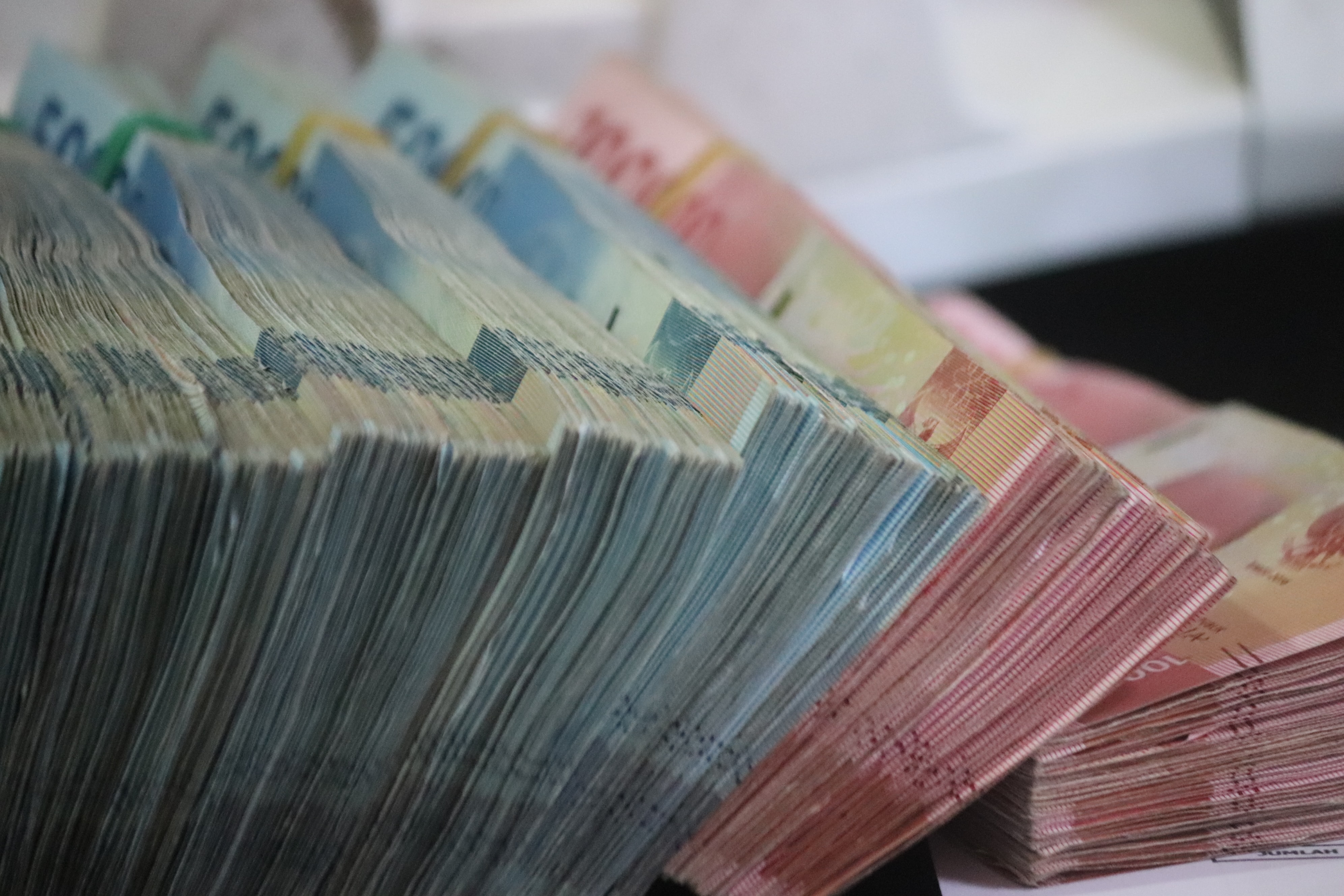EQUITIES
Asia-Pacific markets tumbled on Friday, tracking declines on Wall Street overnight. Australia’s ASX 200 fell 2.28% as major miners, oil and banks declined, while Japan’s Nikkei 225 dropped 1.48% as auto and tech stocks fell across the board.
Mainland stocks also declined, with the Shanghai composite dipping 0.84% and Hong Kong’s Hang Seng index slipped 0.75%. Over in South Korea, the KOSPI was down 1.37%. Taiwan’s Taiex fell 1.57%.
Overnight on Wall Street, the Nasdaq Composite ended the session down 1.3% at 14,154.02, put the index further in correction territory — or more than 10% below its November record. The Dow Jones Industrial Average fell 313.26 points to 34,715.39. and the S&P 500 fell 1.1% to 4,482.73.
OIL
Oil prices plunged on Friday, after rising to seven-year highs earlier in the week, as an increase in U.S. crude and fuel stockpiles prompted investors to take profits from the rally. The prices also weighed as OPEC+ struggled to meet its scheduled increases in production targets, while the spectre of Russia invading Ukraine sent jitters through global markets.
Gasoline inventories in the U.S, the world's biggest oil consumer, rose by 5.9 million barrels, to their highest since February 2021, according to the U.S. EIA. Crude stockpiles rose by 515,000 barrels last week, against industry expectations.
The Brent now traded at $86.87 per barrel. The contract earlier fell by as much as 3%, the most since Dec. 20. The global benchmark touched $89.50 a barrel on Thursday, its highest since October 2014.
The U.S. WTI crude futures meanwhile traded at $83.92 per barrel, slid as much as 3.2% earlier, also the most since Dec. 20, after rising to its highest since October 2014 on Wednesday.
CURRENCIES
Yields on benchmark 10-year notes were last at 1.779%, their lowest in a week, having hit a two-year high of 1.902% on Wednesday. U.S. Treasury yields were lower along the curve on Friday, having risen sharply earlier in the week as investors positioned themselves for the likelihood of Fed’s monetary policy tightening.
In currencies, the U.S. dollar index, which tracks the greenback against a basket of its peers, was at 95.703, lifting from earlier levels above 95.6.
GOLD
Gold prices were muted on Friday and on course for a second consecutive weekly gain in three this month as investors turned to safe-haven assets while awaiting signals of interest rate hikes from the U.S. Fed’s meeting next week.
Spot gold added 0.10% to $1,841.20 per ounce, while U.S. gold futures was down 0.08% to $1,841.20.
Spot silver was down 0.9% at $24.49 an ounce, but is still set for its best week in a year — up about 6% so far. Palladium fell 1.5% to $2,041.00 and is poised for a weekly gain of about 9%. Spot platinum dropped 1.3% to $1,034.98 but still remains on course for its best weekly showing in seven months, having gained about 6.6% so far.
ECONOMIC OUTLOOK
Asian share markets on Friday, after U.S. stocks took a knock overnight. Investors are still in jittery in anticipation of an interest rate hike environment, as well as due to concerns over still-spiking COVID-19 cases. Also keeping a lid on risk taking were the sell-off in bonds, the elevated crude oil prices and increased political tensions over Russia-Ukraine.
China cut its benchmark mortgage rates on Thursday, the latest move in a round of monetary easing aimed at propping up an economy soured by the country's troubled property sector and worries over the Omicron variant of coronavirus.
Japan’s inflation data released on Friday showed that core CPI rose 0.5% in December compared to a year earlier. The increase was for a second month straight at the fastest pace in nearly two years.
Data on Thursday showed the number of Americans filing new claims for unemployment benefits unexpectedly rose last week, likely as a winter wave of COVID-19 infections disrupted business activity.














